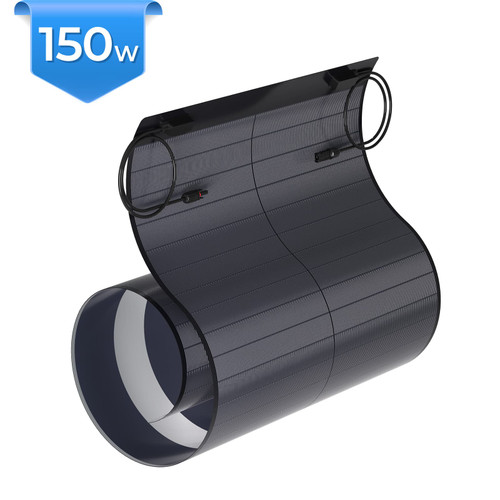Motoriderx7x
Active Member
- Messages
- 4
- Reaction score
- 0
- Points
- 40
- Boat Make
- Yamaha
- Year
- 2016
- Boat Model
- 242 Limited S E-Series
- Boat Length
- 24
Doing some upgrades on the boat in the off season here. I just replaced my batteries from 2x24M's to a 24M(starter) and 2x27m(house) as I'm planning to upgrade the sound system this winter as well. During this I noticed one of my solar panels was delaminating and had corrosion on it (previous owner did all salt water). Pulled the junction box cover off and measured each panel the port panel is putting out 17.5 (no load) so it's fine, but the corroded starboard panel is only putting out about 7.5 so it's basically shot. The panels that come on these boats are Ganz GSP-12's with a max output of 12 watts which isn't very impressive these days. I store my boat during the season pretty far from the house so shore power charging between weekends isn't something I can do which makes things like the NOCO's mostly useless for me. I also don't always run the engines long enough to charge the batteries back up either after running in float mode for hours on end with music playing. So I rely on these solar charging quite a bit. I want to replace these panels with higher wattage panel since the original panels are no longer made and cost upwards of 700 each through the dealer  . My issue is I don't know what the DVSR maximum wattage rating is. If I can find a single panel or two similar sized panels to mount back on to the bimini frame where the originals are but of course one with higher wattage and cheaper price I'm going to do that.
. My issue is I don't know what the DVSR maximum wattage rating is. If I can find a single panel or two similar sized panels to mount back on to the bimini frame where the originals are but of course one with higher wattage and cheaper price I'm going to do that.
Has anyone done this before or does anyone here know the ratings on the DVSR? I looked all over these forums to see if anyone has found a better priced option, but no luck.
Does anyone know marine grade semi flexible panels that have a 16 to 17" width or height with at least 50W rating for under 500?
 . My issue is I don't know what the DVSR maximum wattage rating is. If I can find a single panel or two similar sized panels to mount back on to the bimini frame where the originals are but of course one with higher wattage and cheaper price I'm going to do that.
. My issue is I don't know what the DVSR maximum wattage rating is. If I can find a single panel or two similar sized panels to mount back on to the bimini frame where the originals are but of course one with higher wattage and cheaper price I'm going to do that. Has anyone done this before or does anyone here know the ratings on the DVSR? I looked all over these forums to see if anyone has found a better priced option, but no luck.
Does anyone know marine grade semi flexible panels that have a 16 to 17" width or height with at least 50W rating for under 500?


